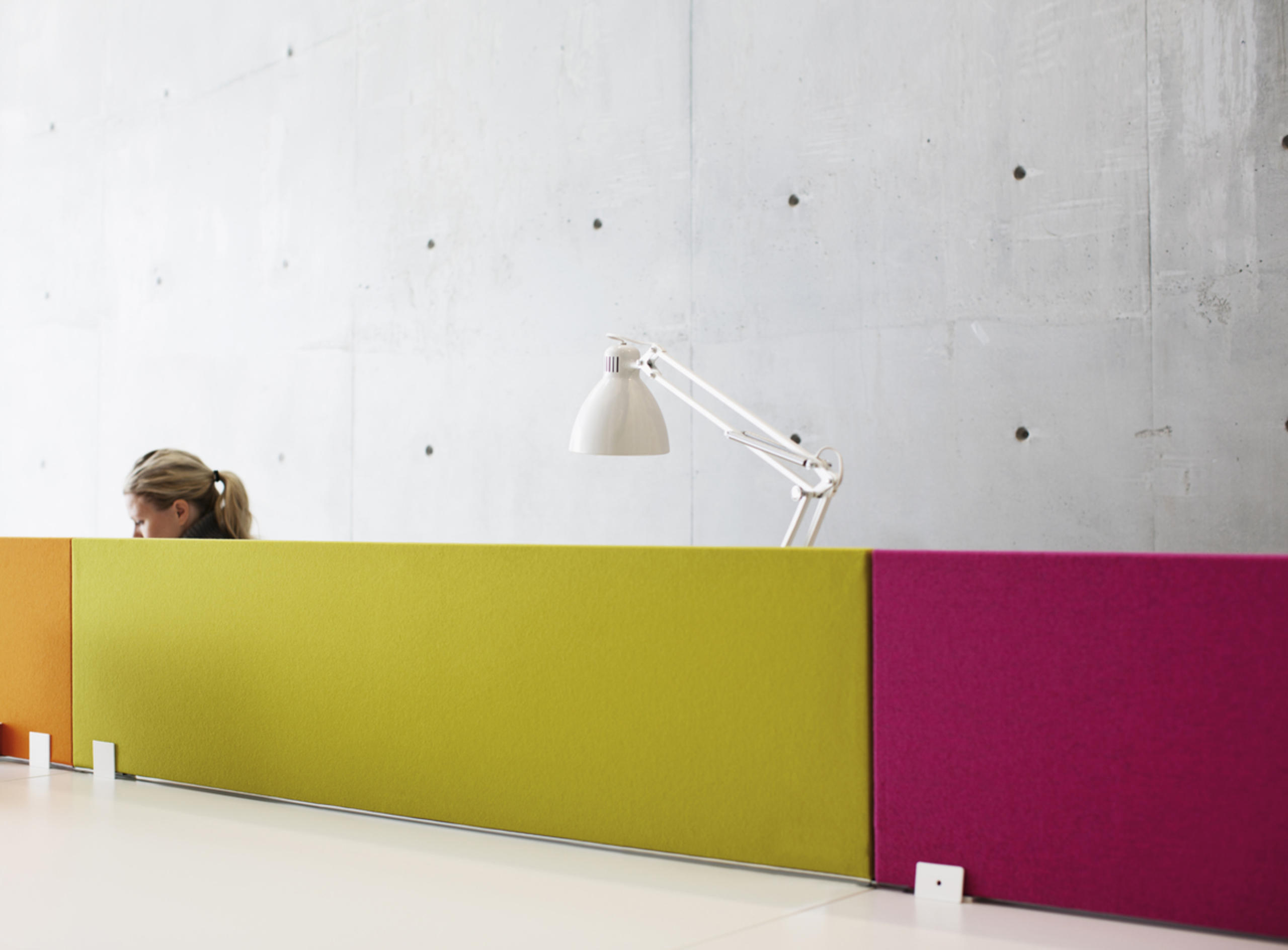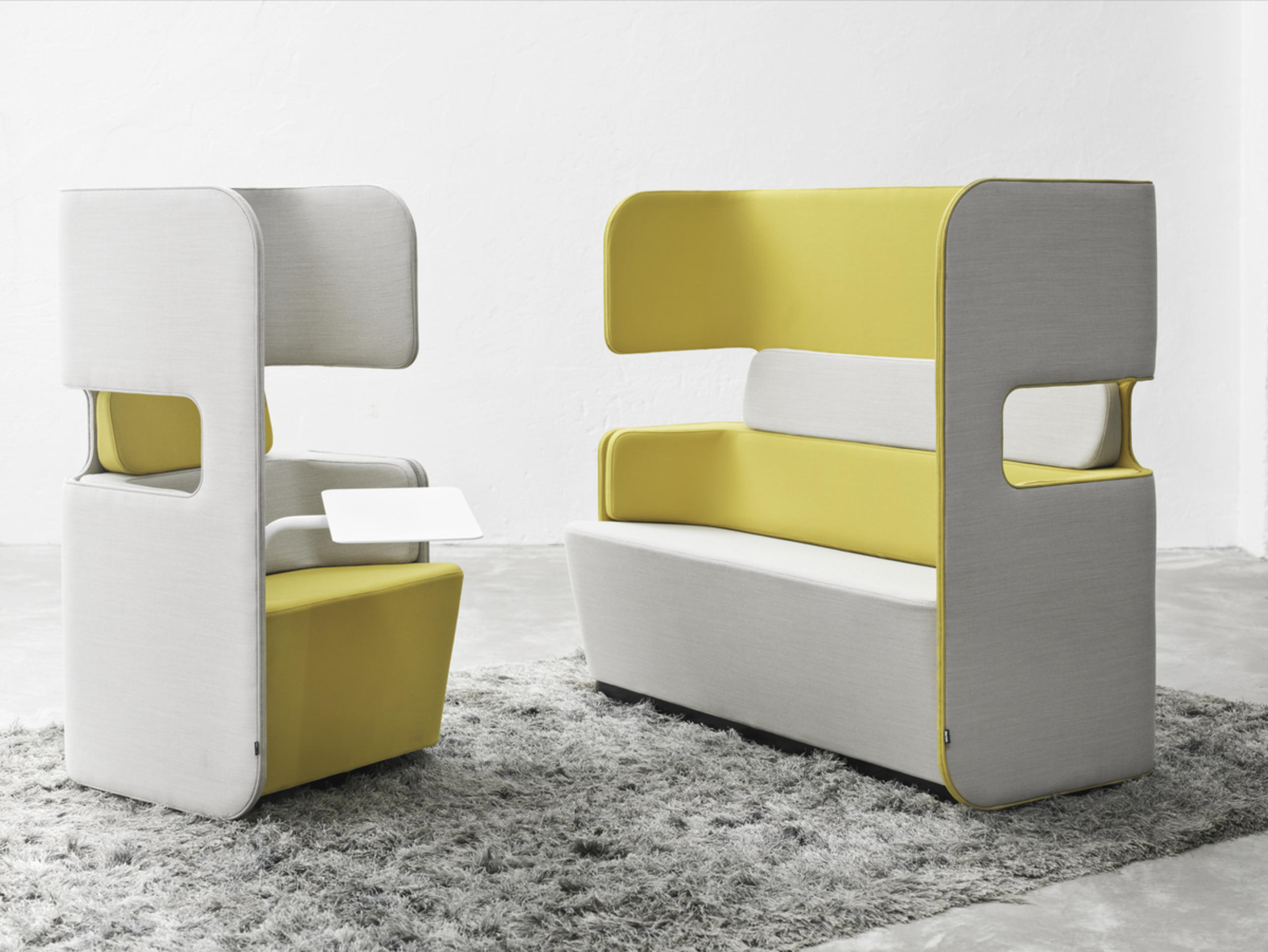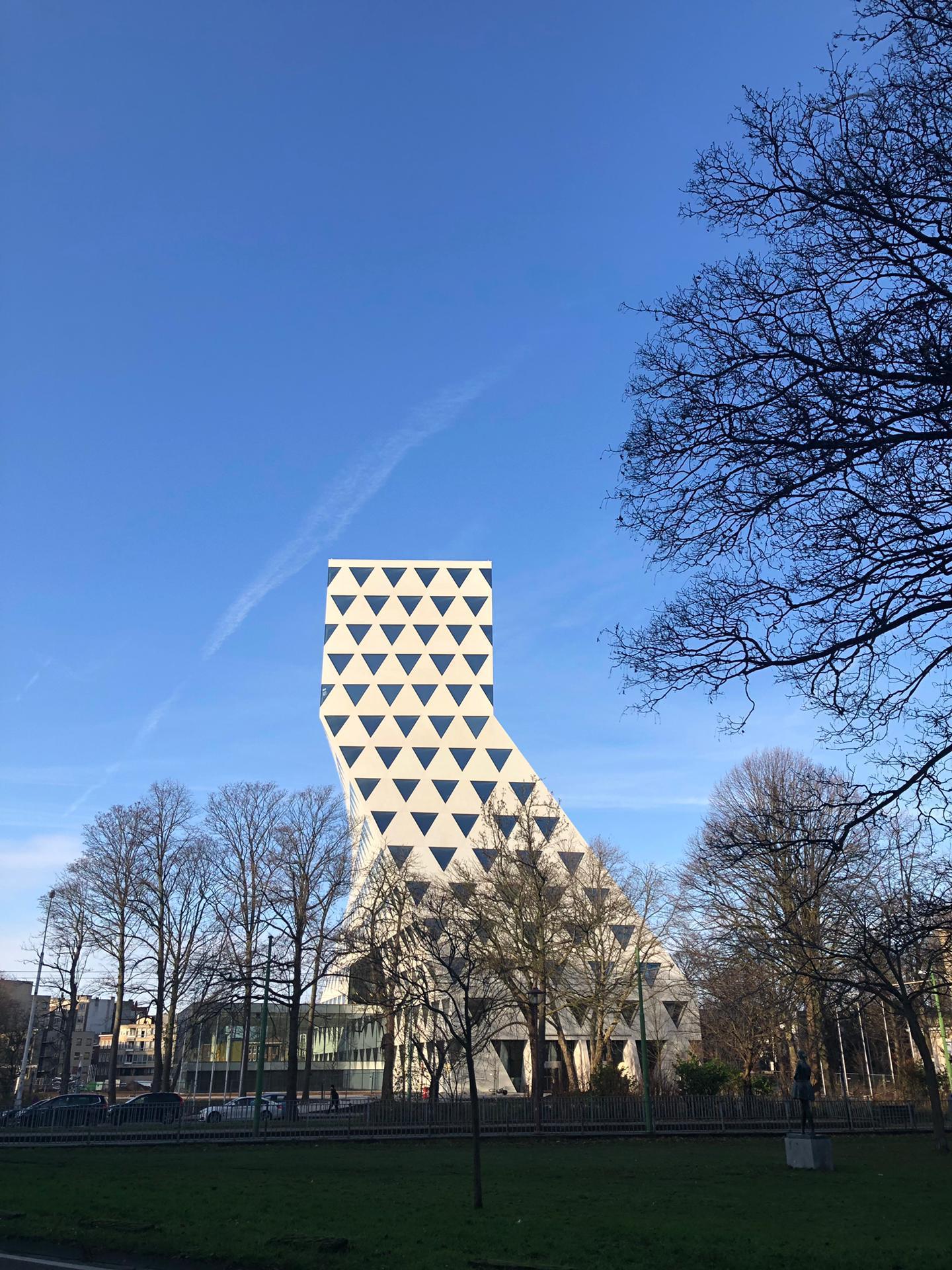Silence by Martela has been developed to offer furniture solutions for work tasks where concentration must be maximised and disturbance minimised. The new furniture for open plan offices has acoustic damping properties and can also serve as a location for informal meetings or exchanges. This versatile concept brings considerable flexibility, which in turn supports activity-based office solutions.




